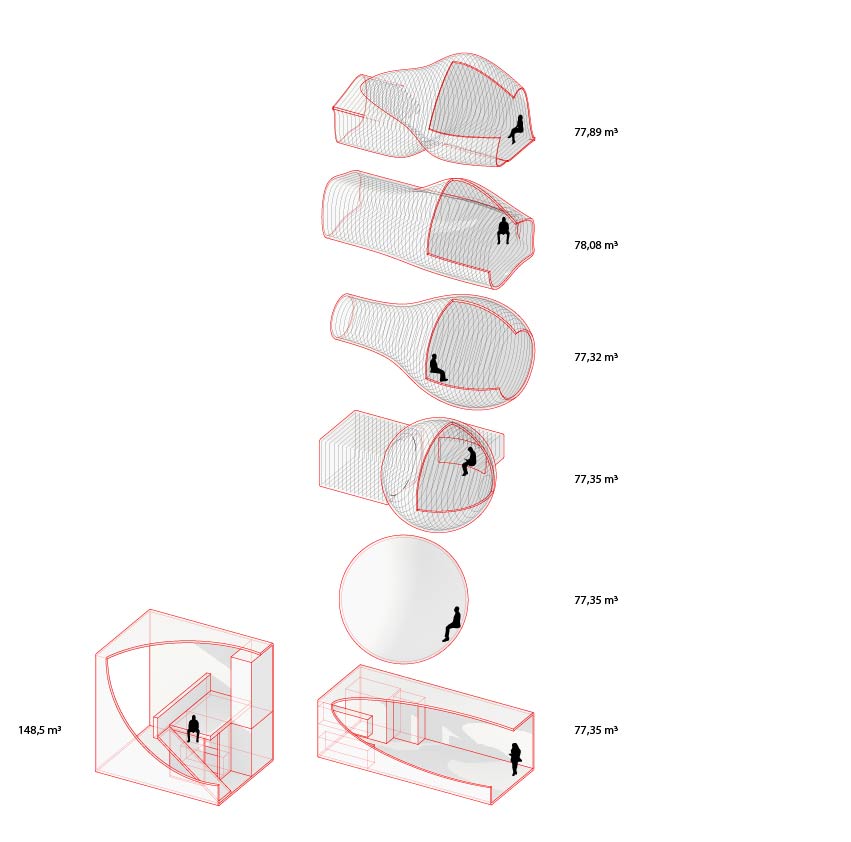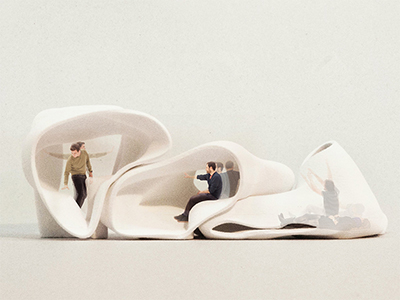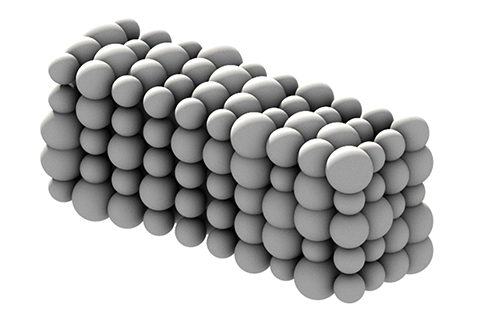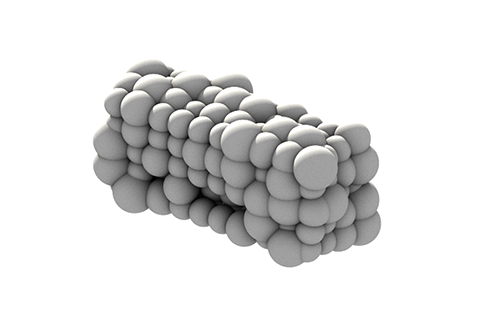Difference between revisions of "User:Rinze"
| Line 8: | Line 8: | ||
On the macro scale, this requires an optimization of the different apartment spaces, creating the smallest possible bounding box: | On the macro scale, this requires an optimization of the different apartment spaces, creating the smallest possible bounding box: | ||
| − | [[File: | + | [[File:20181003_apartment_fittingOG.jpg]] |
[[File:20181003_apartment_fittingOPT.png]] | [[File:20181003_apartment_fittingOPT.png]] | ||
Revision as of 15:40, 5 October 2018
Current trends of the urbanization have large consequences on housing affordability. In Rotterdam, student housing prices have even exceeded Amsterdam [1], making it more difficult for a large group of people to live in the city. The future loss of this creative class (students) can have long-term negative effects on the creative output of a city [2]. This situation creates a need for affordable student housing in the center of Rotterdam, where space is most scarce and prices are currently the highest. This project aims to provide this density while not limiting the spatial quality of the living spaces. This is done by using double-curved living environments, where living spaces can be designed more detailed according to their actual use than in standard, orthogonal living environments:
On the macro scale, this requires an optimization of the different apartment spaces, creating the smallest possible bounding box:



